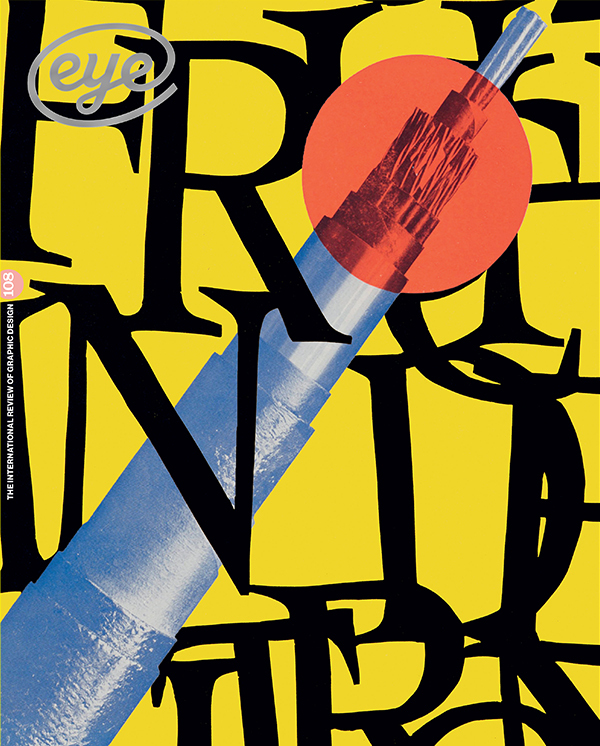Spring 2025
In memoriam: Martin Lee (1941-2025)
various designers
Jannuzzi Smith
John Morgan
Luke Hayman
Pentagram
Graphic Thought Facility (GTF)
Alan Kitching
Derek Birdsall
Jonny Ive
Richard Smith pays tribute to a print production maestro who understood graphic designers as well as he understood printers and printing
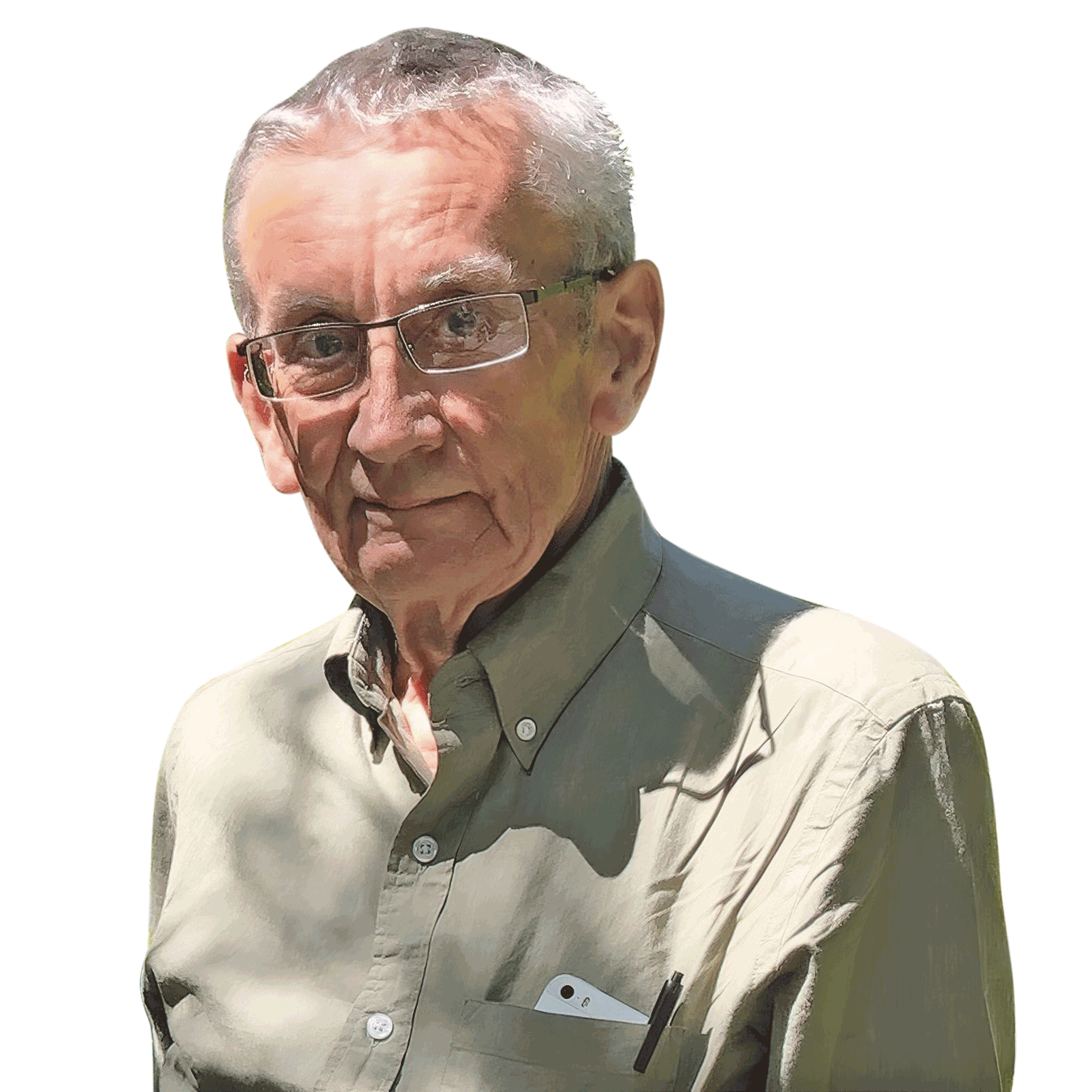
Martin Lee was a print maestro. More prosaically, he was a print production consultant, who worked with celebrated designers such as Derek Birdsall, Alan Kitching, John Morgan, Pentagram and Graphic Thought Facility, producing work for the likes of United Technologies, IBM, Apple, Yale University Press, Norman Foster and D&AD. Things of great beauty, quality and value.
When digital technology crashed into the established processes and traditions of print at the tail end of the twentieth century, many designers and printers found themselves technically or temperamentally unable to answer the questions posed. Martin bridged the old and the new traditions, not just in terms of his career span, but in his overarching know-how, and the clear-headed manner in which he helped overcome the evident stress fractures. His total understanding of the intentions and whims of graphic designers, as well as of the machinery and methodology of the print room, enabled Martin to intercede between the two disciplines as they tried to work out their new roles in a fundamentally changed craft. He took up all of the slack and with that much of the stress.
Informal (Prestel, 2002) by Cecil Balmond with Jannuzzi Smith. Designed by Michele Jannuzzi and Richard Smith, Jannuzzi Smith. Printed by FGB. Print production by Martin Lee. The book’s print signatures – which vary between one and seven colours – are used to define different projects and themes, thereby interlocking form and content.
Top. Martin Lee pictured with phone and pen, ready to hand, in shirt pocket.
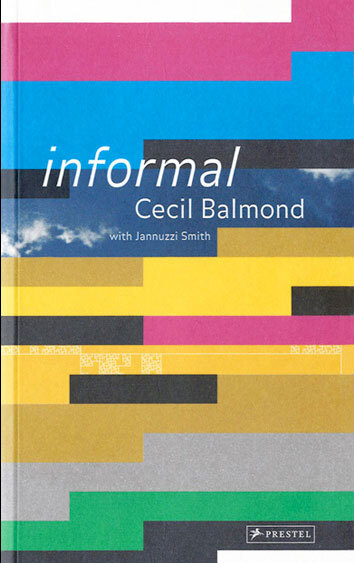
William Martin Rufus Lee was born on 23 April 1941 to Elinor and William Lee OBE, in Horsforth, Yorkshire, the older brother to sisters Viv and Trisha. His father Bill was a noted civil engineer of whom Martin spoke proudly, and was perhaps the model for his analytical way of working. Having initially studied as an accountant, Martin decided his long-term happiness would be better pursued through a career in the creative industries. So he studied print management at the London College of Printing in the late 1960s, followed by an internship at Westerham Press, where after sojourns elsewhere he would return to become Managing Director. While working there, in 1975, he met his future wife Susi (née Kitson Montalto), a senior designer at Omnific Limited, who regularly placed work with Westerham.
But he flipped to work on the design side, becoming a partner first at HSAG, then at Omnific Studios with Derek Birdsall (see Eye 9, 88) and Alan Kitching (see Eye 15, 74) in 1979. Kitching recalls: ‘One day we had some colour proofs delivered and Derek and I were disappointed, but didn’t know why they looked dull. Then Martin came into the studio, and with just a glance said, “there’s no black on it”. And he was right.’
One can only imagine a proof sheet so perfectly balanced that the lack of black might almost go unnoticed by two of our greatest designers. But, as I learned when he confided concern for his sight in later years, Martin had perfect colour vision. This was augmented by highly impressive colour recall. He recounted to me an occasion at a printer, working on an important art catalogue. The press minder had spent the morning getting the colour balanced, but Martin nevertheless asked for an adjustment. The minder pointed to the transparencies and politely suggested it was already perfect. ‘I’ve just come from seeing the real thing,’ said Martin. The adjustment proved correct.
I met Martin while studying at the Royal College of Art from 1990-92. Both Martin and Alan Kitching had been invited onto the RCA’s roster by Derek Birdsall in the late 1980s, teaching there part time until the mid-1990s, enriching the knowledge of a generation of designers. My first impressions were of a diminutive, somewhat gaunt Yorkshireman with stained fingers. Not from ink, but nicotine: a testament to habitual smoking. From across the room he projected a dour certainty, but talk print and he would instantly warm. And still the certainty.
Paul Neale of Graphic Thought Facility (see Eye 39), who studied at the RCA from 1988-90, says: ‘I learnt more from Martin than from any other member of staff. He came in once a week and I always had the questions ready – questions about printed matter I had seen … books, record sleeves, ephemera … But often, I didn’t fully understand what I was looking at – why it looked the way it did. I certainly didn’t know who could produce such work, what to ask for, or how to specify it. Martin answered all those questions.’
After I set up my design practice, Jannuzzi Smith, with Michele Jannuzzi, who was amongst my cohort at the RCA, we teamed up with Martin repeatedly once he had parted ways with Omnific and set up his own business, Martin Lee Associates, in 2001. All of our best print work was done with him. But we came to realise that Martin’s skill was not limited to the print room – half the job was already done by that point. A huge amount of his value lay in our discussions at the early stages of a project: decisions on the best printer for a given job, best repro, binder, binding materials, little idiosyncratic elements like ribbons and headbands – he knew all aspects of production and could assemble and lead the team.
Above. Treasure Island (Four Corners Books, 2022), by Robert Louis Stevenson with art by Shiraz Bayjoo. Designed by John Morgan. Printed by Verona Libri, Italy. Print production by Martin Lee. Printed using UV inks on uncoated paper, with a printed cloth cover.
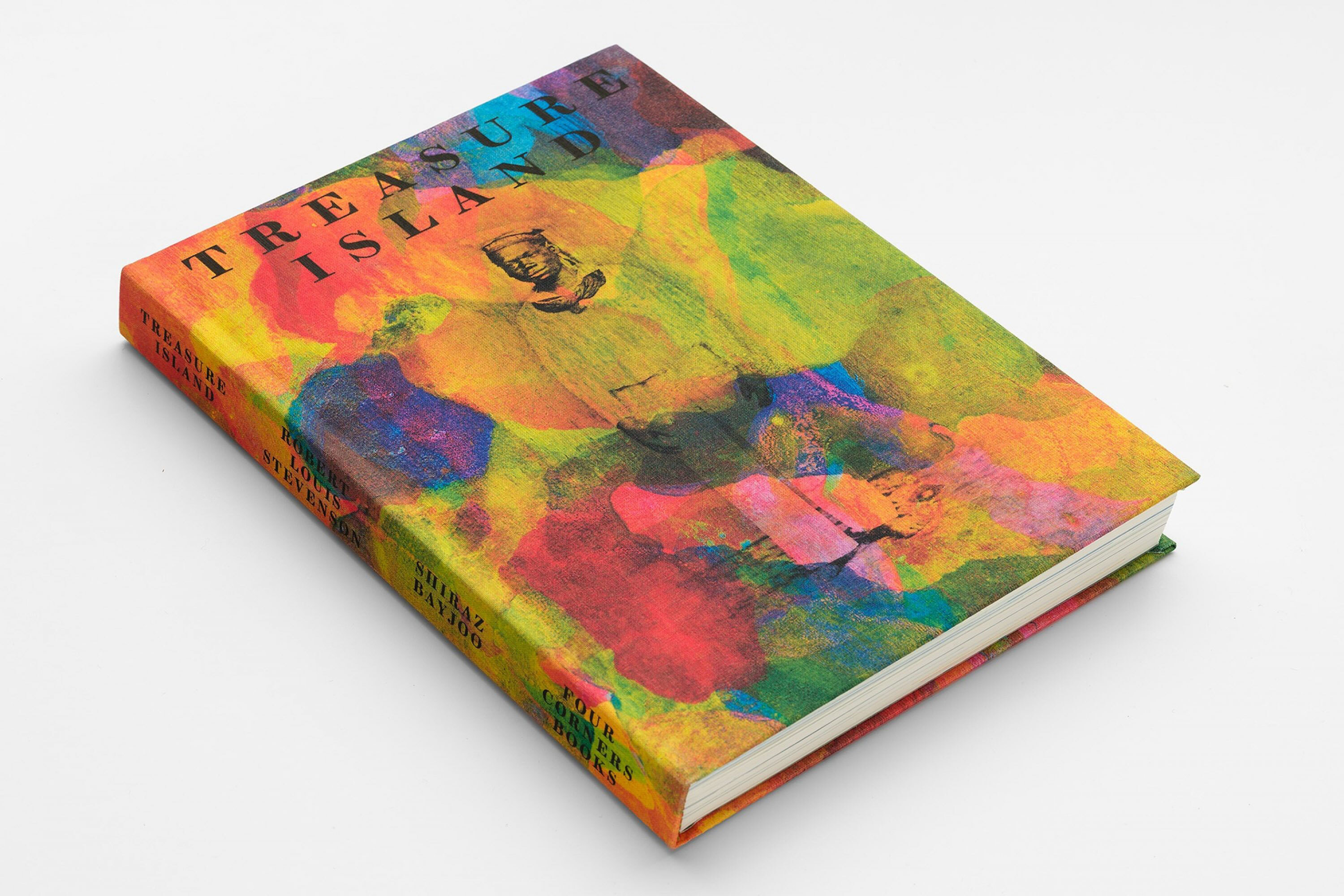
John Morgan (see Eye 83) was employed by Omnific in 1995 and continued to work with Martin after setting up his own studio in 2000: ‘He would often send you the most unnecessarily complex Excel spreadsheet comparing printers’ estimates. These documents comparing apples and pears were unintelligible to most. The quotes took time, nothing was hurried, no corners were cut. He never skipped a stage of production to meet a deadline, much to my frustration … When you made a press pass with Martin, he had already chosen the precise press he wanted to print on and the press minder he wanted to work with. That set the tone.’
With our own print jobs I remember times the content had run over, or we needed (i.e. coveted) an extra spot colour, or there was a new kind of paper we’d fallen in love with. A spec change would precipitate a new set of spreadsheets: ‘You’re bastards you lot. Okay, I’ll pop round in a couple of days with a new spreadsheet. Lunch?’
Martin was great for lunches. In and out of The Eagle on Farringdon Road, further to a lager, maybe an onglet, washed down with an Italian red and some inky chat. And days out. I fondly recall a trip to the Fitzwilliam in Cambridge apropos of nothing other than the desire to look at beautiful, illuminated books. Two myopes hunched over display cabinets, engrossed in detail. One appreciating the colours perhaps better than anyone since their inscription.
Designed by Apple in California (Apple Inc., 2016), by Jonathan Ive. Photos by Andrew Zuckerman. Designed by Luke Hayman, Pentagram New York. Printed by Artron, China. Print production by Martin Lee. The book uses specially milled, custom-dyed paper with gilded matte silver edges, eight-colour separations and low-ghost ink.
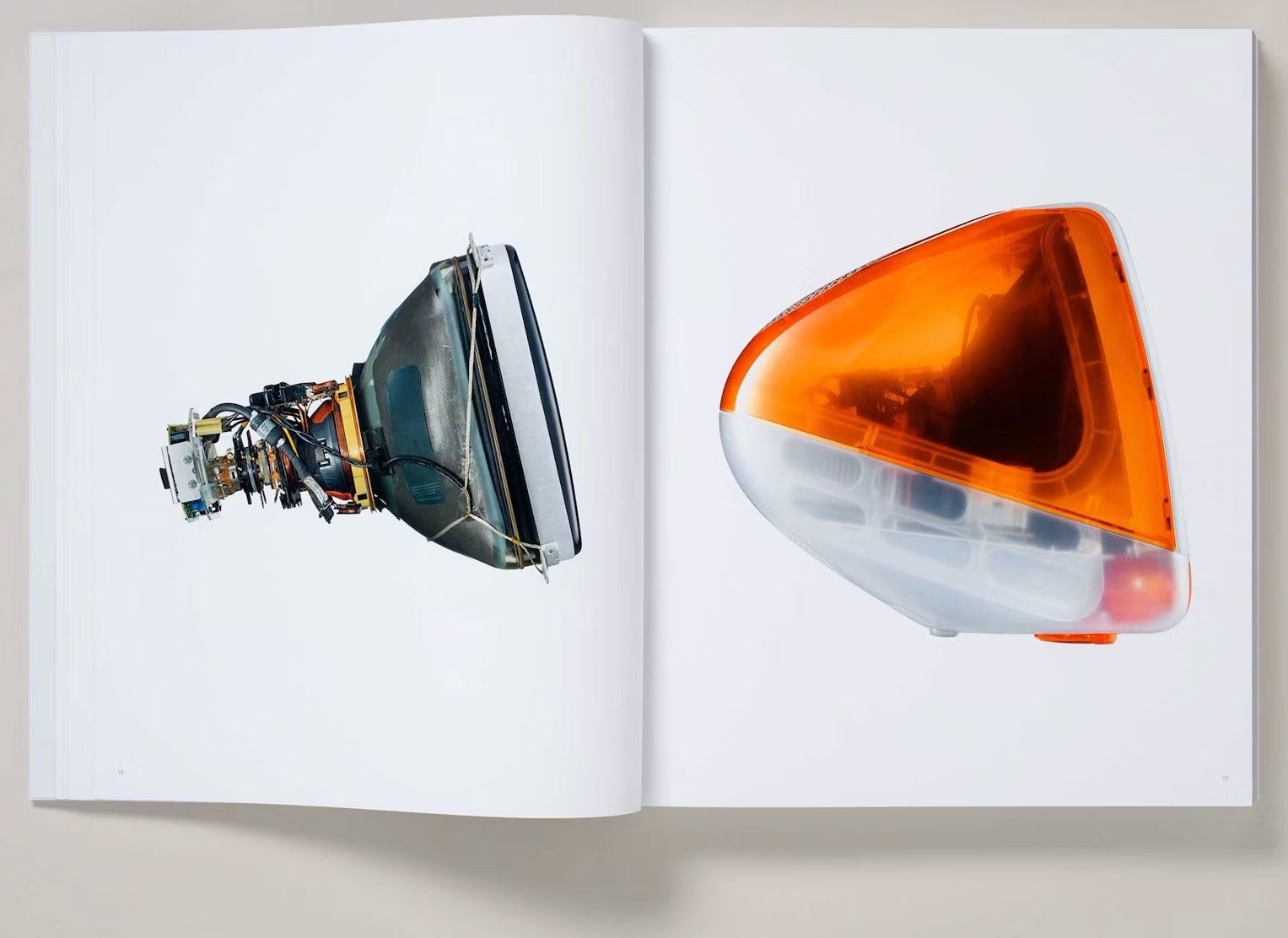
Martin’s skills took him everywhere from the Apple campus in San Francisco, to China, Washington, Abu Dhabi and industrial estates in the UK. But his favourite working trips were those to Italy, collaborating with some of the best printers in the world. He inspired, taught and mentored excellence in the designers and the printers he worked with, many of whom revised their practice based on the results he was able to achieve with them. His invisible fingerprints are all over some of the finest books and catalogues in the world.
Martin died on 30 January 2025, aged 83, from pneumonia. He is survived by his wife, Susi; son Anthony; daughter Louise, son-in-law Olly and their children Sebastian and Margot; daughter Alexandra, son-in-law Edward and their children Fearne and Poppy.
Richard Smith, designer, Jannuzzi Smith, London
Miles Aldridge’s Carousel (Brancolini Grimaldi, 2013). Designed by Paul Neale, Graphic Thought Facility. Printed by Pureprint and K2 Screen. Box fabrication by G. Ryder. Print production by Martin Lee. A clamshell box of 48 prints, combining offset litho with silkscreen, it required the precise coordination of the output of the two printers and box maker.
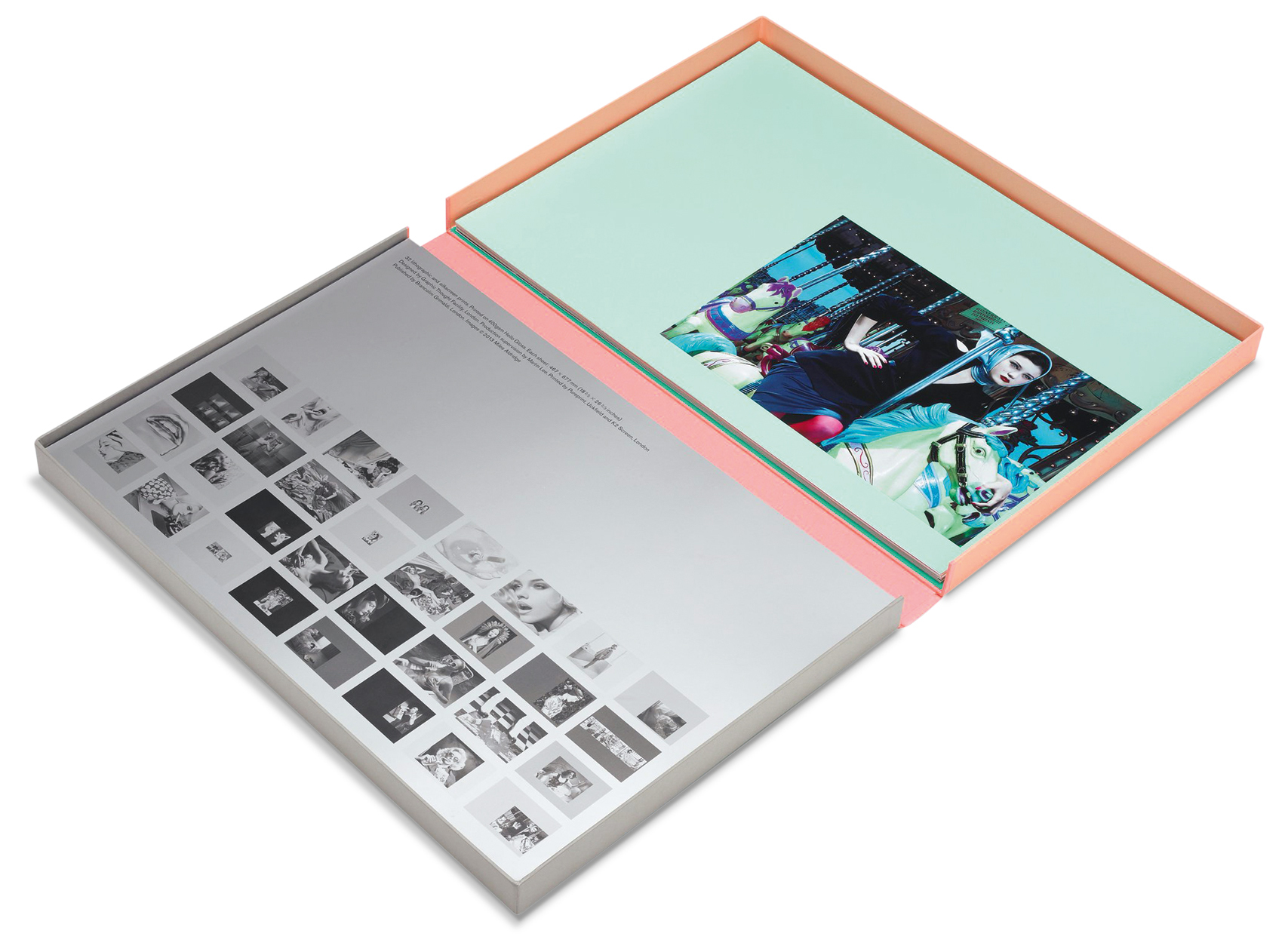
Simon Esterson adds: When you worked with Martin he unflappably managed both the budget and the quality control. A rare combination. I will miss his experience, friendship and those nights at one of his favourite restaurants in Verona, drinking strong Italian red and talking print.
Simon Esterson, Eye art director, London
First published in Eye no. 108 vol. 27, 2025
Eye is the world’s most beautiful and collectable graphic design journal, published for professional designers, students and anyone interested in critical, informed writing about graphic design and visual culture. It is available from all good design bookshops and online at the Eye shop, where you can buy subscriptions and single issues.

